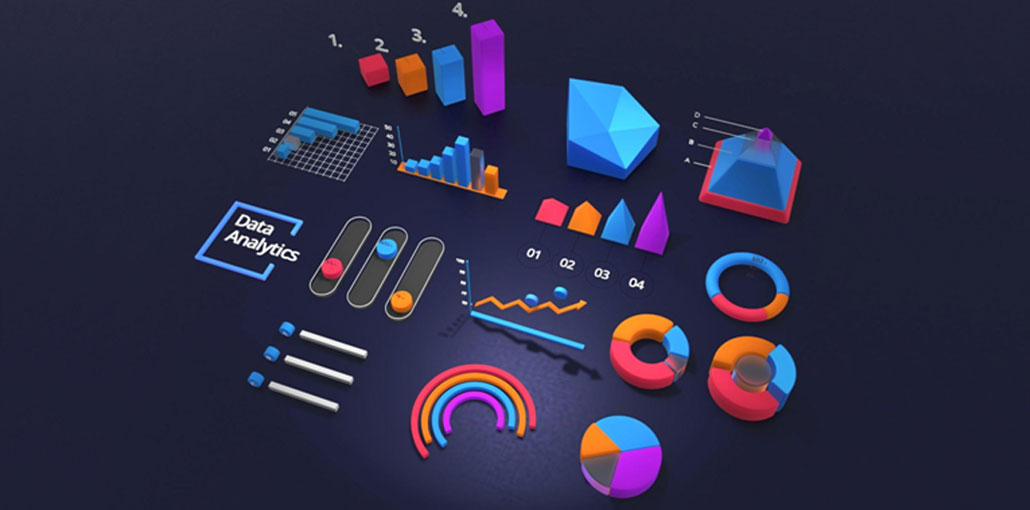Are you tired of drowning in a sea of scattered data, struggling to make sense of it all? Look no further! Introducing the game-changer you’ve been waiting for in the data catalog. A data catalog is not just another buzzword; it’s the key to unlocking the true potential of your data. Picture this: effortlessly navigating through your data landscape, finding the exact information you need at your fingertips.
With a data catalog, you can bid farewell to tedious search sessions and welcome a world of streamlined data exploration. Imagine the possibilities. Empowered by a data catalog, you’ll effortlessly uncover hidden patterns, gain valuable insights, and make data-driven decisions with confidence. Harnessing the power of a data catalog is like having a personal data concierge, guiding you through the vast data universe towards success.
Don’t miss out on this transformative opportunity! Start your data-driven journey today by embracing the power of the data catalog. Get ready to revolutionize your data transformation process, simplify data governance, and supercharge your decision-making capabilities. Say goodbye to data chaos and step into a future where your data works for you. Get started with your data catalog and experience a breeze in your data transformation endeavors.
Understanding Data Transformation
Data transformation constitutes a pivotal facet of the data management cycle. It is the process that morphs raw data into a more desirable, usable format, enhancing its value for business decisions and outcomes. The quality of transformed data becomes the cornerstone upon which sound business strategies are built.
Transformation processes take many forms, including data cleaning and validation to rectify inaccuracies, data integration and consolidation for a unified view, and data enrichment and augmentation to enhance the existing data with additional information. Each process contributes to forming a coherent, comprehensive picture of the business landscape.
Also read: Data Tracking: What Is It and How To Create a Tracking Plan?
The Role of Data Catalogs
In today’s data-driven world, managing and harnessing the power of data has become a critical aspect of business success. This is where the data catalog steps in, playing a pivotal role in simplifying data management and unlocking valuable insights. A data catalog acts as a comprehensive inventory, organizing and categorizing data assets, making it easier to discover, understand, and utilize data effectively.
It provides a centralized hub for metadata, facilitating data governance, collaboration, and data democratization across the organization. With a data catalog in place, businesses can streamline their data workflows, improve decision-making, and unleash the full potential of their data assets. Embrace the power of a data catalog and elevate your data management strategy to new heights
Getting Started with Your Data Catalog
Embarking on your data catalog journey involves a thorough assessment of your data needs and objectives. Selection criteria must be tailored to your business; you might opt for open-source solutions for greater customization, or commercial catalogs for comprehensive support and features.
The process of planning and preparation shouldn’t be underestimated; it involves defining clear implementation goals and milestones, along with establishing a project team and timeline. This groundwork ensures your data catalog venture doesn’t devolve into a quagmire.
Building Your Data Catalog
Once your preparations are in order, the process of building your data catalog ensues. This involves ingesting data into the catalog and extracting metadata through data profiling. To ensure effective navigation, data is organized and categorized into distinct taxonomies and hierarchies.
Effective data tagging, labeling, and enrichment with additional metadata should be in focus. Incorporating business context and data lineage information, along with capturing data quality metrics, further enhances the utility of your data catalog.
Optimizing Data Discovery and Accessibility
Your data catalog is of little value if its treasures remain hidden. Implementing effective search and navigation features is crucial. Leveraging metadata and keywords can expedite data discovery, while advanced search capabilities and filters can refine the search process.
Furthermore, integrating your data catalog with data visualization and analytics tools and BI platforms facilitates self-service analytics, providing users with the ability to access, analyze, and visualize data on demand.
Ensuring Data Governance and Compliance
A well-structured data catalog becomes the bulwark of data governance. It enables defining clear data ownership and accountability, implementing stringent data access controls, and monitoring data quality. Regular data profiling, quality checks, and auditing changes to data transformations ensure the reliability of your data.
Moreover, your data catalog can play a pivotal role in meeting data privacy and regulatory requirements, employing techniques like data masking and anonymization to protect sensitive data.
Also read: Top 10 Data Governance Tools
Driving Collaboration and Knowledge Sharing
A robust data catalog also serves as a communal space, fostering collaboration among data users and stakeholders. By enabling data sharing and the creation of data annotations, it facilitates
an open dialog around data. Moreover, it promotes knowledge sharing, encouraging the creation of comprehensive data documentation, user guides, and the sharing of best practices and insights across the organization. This collaborative environment transforms the data catalog into a dynamic and evolving tool that keeps pace with changing business needs and environments.
Conclusion
Harnessing a data catalog for data transformation is akin to discovering a compass in the wilderness of data. From facilitating seamless data discovery and accessibility to ensuring stringent data governance, a data catalog acts as a linchpin in a data-driven organization. As the volume and complexity of data continue to skyrocket, the future of data cataloging becomes increasingly prominent. The power of a data catalog to streamline data transformation and provide actionable insights makes it an indispensable asset in any data-driven organization. It’s no exaggeration to say that data catalogs hold the key to unlocking the full potential of your data, making data transformation not just manageable, but indeed, a breeze.










Leave a comment